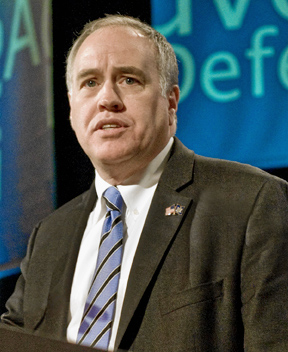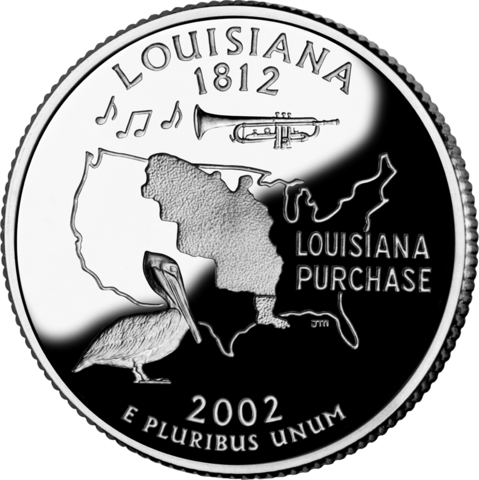
Over at Forbes, the “pension detective” Ted Siedle has penned an extensive column delving into the contractually-permitted conflicts of interest that can accompany private equity deals.
He hones in on Bruce Rauner and his firm, GTCR, which handled assets for numerous pension funds. Rauner and GTCR encapsulate the secrecy and potential conflicts of interest that pension funds can sign off on when they hand assets over to private equity firms.
Siedle writes of Rauner:
According to a report by Council 31 AFSCME Illinois, a few years ago Rauner’s firm received millions in Pennsylvania state pension assets to invest after a $300,000 campaign contribution to that state’s Democratic governor. In Illinois, a company owned by Rauner paid a member of the Illinois Teachers’ Retirement System Board more than $25,000 a month. His firm was selected to handle TRS pension dollars. The TRS member, Stuart Levine, is now in federal prison for public malfeasance.
It seems Rauner mastered the art of accessing public pension assets to manage, including (according to his firm’s SEC filings) reliance upon placement agents which have proven to be so controversial at public pensions across the country.
In my opinion, before Rauner can be deemed fit to serve as governor of Illinois, an in-depth review of his secret dealings with state pensions is called for– especially since the state’s pensions are in a crisis (which merits investigation) and 4 out of the state’s 7 last governors ended up in prison. The last thing Illinois needs is to compound its pension problems.
If Rauner wins, expect questions about his past and ongoing private equity business dealings to continue to swirl. In my forensic experience, greater scrutiny of opaque investments always reveals weaker investment performance.
Siedle dug through GTCR’s SEC filings. He found that when pension funds signed deals with the firm, they were often also permitting GTCR to engage in a multitude of scenarios that could lead to conflicts of interest for the firm. Siedle writes:
The litany of permissible conflict of interest scenarios (many of which are commonplace throughout private equity) detailed in Bruce Rauner’s firm SEC filings, should be disturbing to any so-called sophisticated investor. Unfortunately, public pensions routinely consent to such potentially harmful conflicts either because they don’t read, don’t fully comprehend the oblique disclosures, or simply don’t care that politically-connected insiders may be profiting at the expense of stakeholders. For example:
“The Adviser and certain employees and affiliates of the Adviser may invest in and alongside the Funds, either through the General Partners, as direct investors in the Funds or otherwise (emphasis added)…
The Adviser and its related entities may engage in a broad range of activities, including investment activities for their own account (emphasis added)…
The Adviser may, from time to time, establish certain investment vehicles through which employees of the Adviser and their family members, certain business associates, other “friends of the firm” (emphasis added) or other persons may invest alongside one or more of the Funds.
In certain cases, the Adviser may cause a Fund to purchase investments from another Fund, or it may cause a Fund to sell investments to another Fund.”
Translation from legal-speak: Rauner and his associates could invest directly, or create a special “family and friends” fund which could invest, at lower cost in shares of the same companies his firm purchased for funds in which public pensions invest. The associates, or “family and friends” fund, could profit by holding onto those shares, or immediately flip them, selling to the funds in which public pensions invest at a guaranteed, riskless mark-up.
Alternatively, GTCR could sell start-up companies it founded (or the family and friends fund could sell companies it purchased from GTCR) to funds the firm managed for public pensions at inflated prices.
“In addition, the Adviser may, from time to time, fund start-up expenses for a portfolio company and may subsequently sell such portfolio company to a Fund. Such transactions may create conflicts of interest because, by not exposing such buy and sell transactions to market forces, a Fund may not receive the best price otherwise possible, or the Adviser might have an incentive to improve the performance of one Fund by selling underperforming assets to another Fund in order, for example, to earn fees.”
Improve the performance of the friends and family fund by selling the laggards to other GTCR funds in which public pensions invest? Seems possible, based upon the firm’s SEC filings.
Read Siedle’s full column, which contains more analysis and insights, here.








